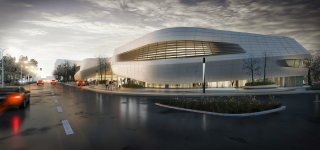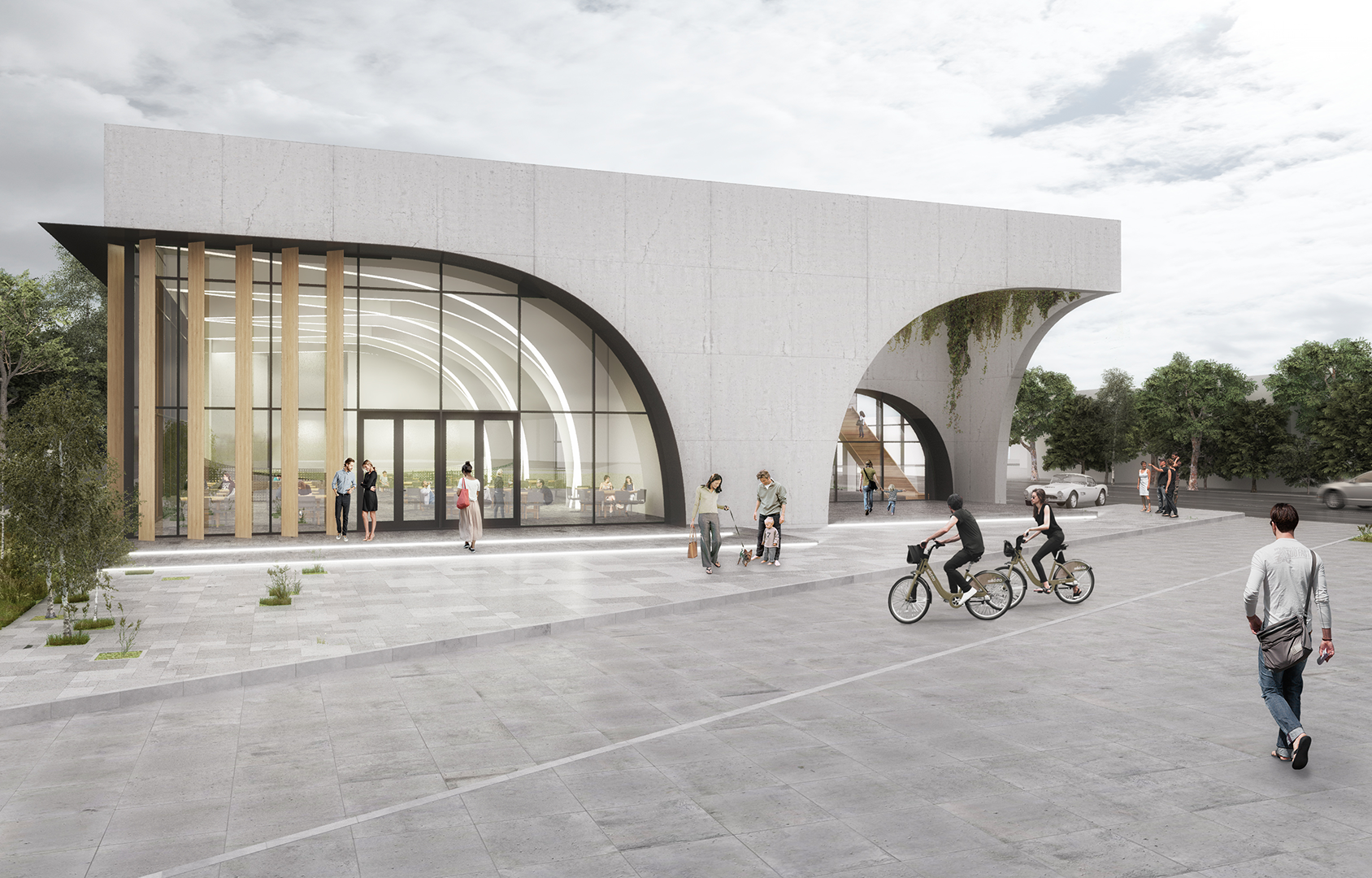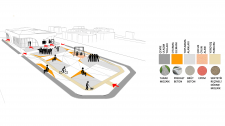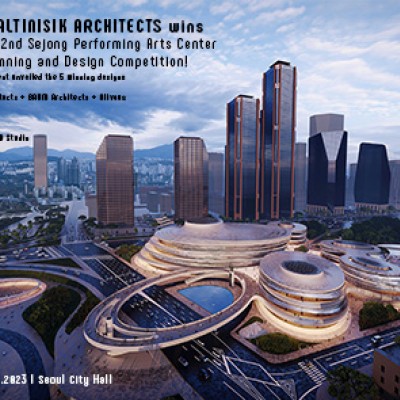PROJECT
SAKVA Social Center
LOCATION
Sakarya, Turkey
DATE
2016 – tbc
CLIENT
Sakarya Metropolitan Municipality
STATUS
Commission, In Progress
SIZE
3000 m2
ARCHITECT
MELIKE ALTINISIK ARCHITECTS
DESIGN
Melike Altınışık
PROJECT TEAM
Eda Tekirli, Büşra Güler
PROJECT DESIGN DEVELOPMENT SPECIALIST
Melih Altınışık
ARCHITECTURAL ASISTANTS
Gizem Fidan, Şeyma Özübek, Damla Soyseven, Cansu Uçar
LANDSCAPE ARCHITECT
Nursen Gümüşsoy
VISUALISATION
Marcelo Fernandes
Sakva was established in 1994 as an association and in 1996 as a foundation.
The foundation, which started serving soup kitchen with the aim of not being hungry in Adapazarı, has become the address of the families who have been on the road in today's social and cultural areas. When designing the new house of such an organization, concepts such as collective subconscious domination have been prioritized.
The building is located in the town of Yağcılar in Sakarya with a construction area of 3200 square meters.
As the individuals living in Anatolia, we are quite familiar with the plan, which has a planimetrical structure around the courtyard and works as a social center with social, cultural and commercial functions.
The functional relations between the units such as cafes, restaurants, soup kitchen and vocational courses in Sakva and the sociocultural differences between the users since the early stages of the project have been examined along with the functional principles and spatial potentials beyond being an archetype.
These researches have found their spatial counterparts in the building with a circulation scheme from two courtyards. These courtyards, besides being located on the basis of the spatial organization, are creating social spaces due to their locations and at the same time, they reduce the ecological footprint of the building like natural ventilation and natural lighting.
The public/private hierarchy and its traces can be read through the contrast between the transparent facade and private courtyards.
The entrance courtyard designed as a continuation of the ground floor infiltrates the courtyard in the upper rank in the hierarchy and blurs the boundary between the building and the landscape. The artificial topography created by the triangles works as a formal infrastructure that blends walkways, green spaces, and urban equipment into a single unique system.
The building, which houses social and public functions, has the entrances corresponding to the different urban structures around it. Transparency and permeability are targeted at 4 facades with 4 different entrances.








